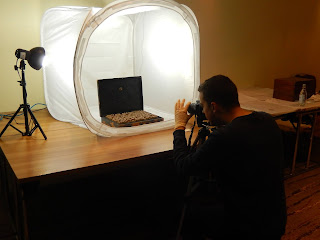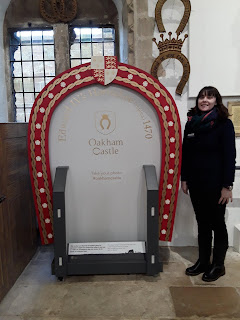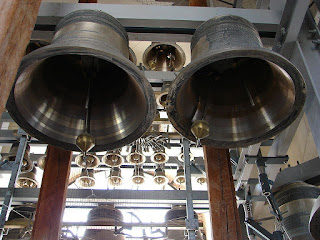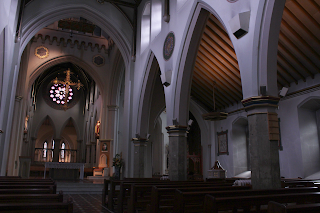Trip to Bromley House Library
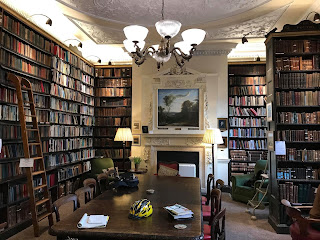
28th November 2017 In Reviews You’ll find Bromley House Library on Angel Row, a hidden jewel within the hustle and bustle of Nottingham city centre. It has endured the technological advances of the modern age. Yet, it hasn’t turned a blind eye to it. Being one of the only subscription libraries left in the country, it is an asset to the literary heritage of the city. Culture Syndicates recently got out of the office to visit, where we attended a talk about the library and its fascinating story. A brief history A Grade II* listed red brick building, Bromley House was built in 1752 as a town house for George Smith, grandson of the founder of Smiths Bank. However, the Nottingham Subscription Library, as it was known then, didn’t move in until 1822, having itself being founded earlier on in 1816. Today, the independent library houses around 40,000 books which are spread over three floors of the building. There are many reading rooms, ranging in size and setting. One room on the third
